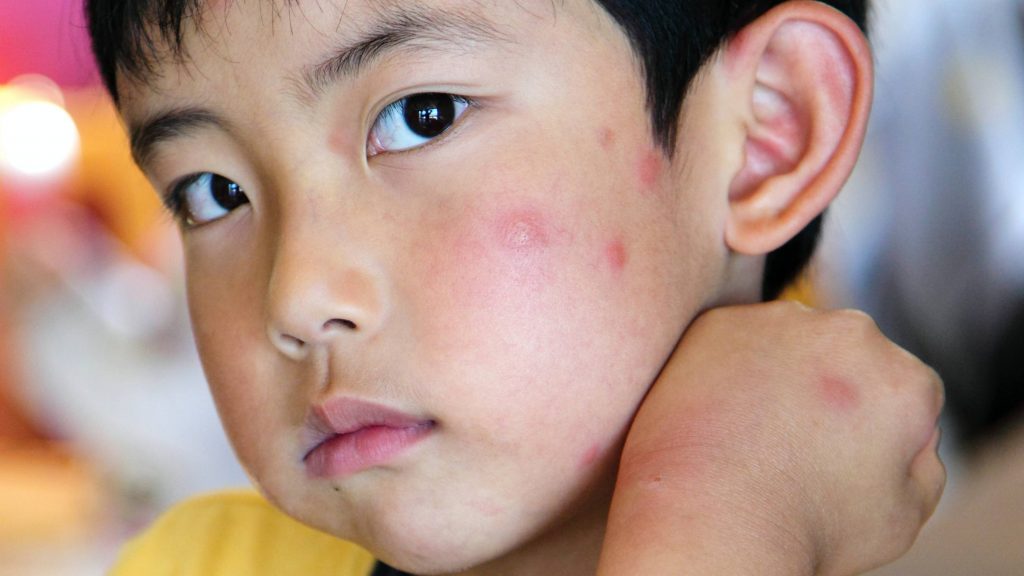-
Mayo Clinic Children's
‘The bugs are out,’ Tips on how to get through bug-biting season

It's officially bug-biting season. While some bugs are just annoying to deal with, the bite of others can be potentially dangerous.
Dr. Dawn Davis, a Mayo Clinic dermatologist, says some bugs can transmit disease-causing bacteria, viruses and parasites through their bite, and these bites often manifest on the skin as rashes.
Watch: Mayo Clinic expert offers tips on how to get through bug biting season.
Journalists: Broadcast-quality sound bites with Dr. Davis are in the downloads. Please courtesy: "Dawn Davis, M.D. / Dermatology/ Mayo Clinic."
"Bug bites in general tend to look red. They tend to be swollen. Some of them can make a target shape," says Dr. Davis.
Some people, especially young children and older adults, may have an adverse reaction to bug bites and develop a rash that is called papular urticaria.
"Essentially what happens is at the site of a bug bite, you will get a very large welt that looks quite impressive, and you will overswell or become overstimulated, and have an overreactive bug bite," she explains.
"Papular urticaria is not necessarily harmful, and it simply means that our immune system is overzealous and eagerly responding. It can be quite uncomfortable. As you can imagine, if you swell so much on your face and neck area that it's difficult to function, you can see your primary care doctor or a dermatologist … (who) may give you some systemic medications that are immunosuppressive, like prednisone, to help the swelling go down."
Other types of rashes from bug exposure are more serious, such as the ones related to tick-borne diseases.
Here's what Dr. Davis recommends: "If you develop general symptoms of feeling ill and you develop a rash, regardless of whether you feel that you've been exposed to a bug or not, I would highly encourage you to see your primary care provider or a dermatologist."
For those who will be outside and think they might be exposed to any type of bug bite, which is just about anywhere in the U.S., it's wise to think about protection. Bugs are attracted to oil in the skin, sweat and heat, so covering up as much exposed skin as possible is a good first step. Dr. Davis also recommends wearing repellants with DEET (30% or more), oil of limonene, or permethrin on exposed skin and clothing.
____________________________________________
For the safety of its patients, staff and visitors, Mayo Clinic has strict masking policies in place. Anyone shown without a mask was either recorded prior to COVID-19 or recorded in a nonpatient care area where social distancing and other safety protocols were followed.
Related Articles







